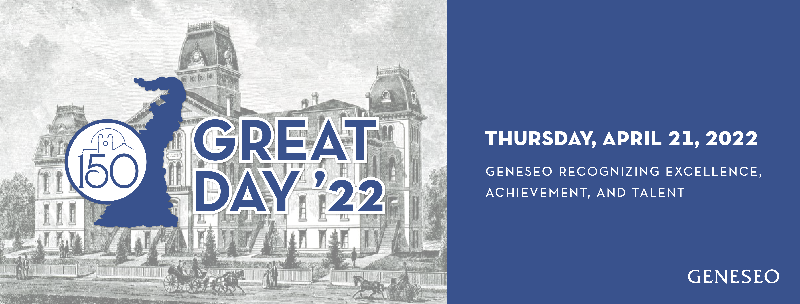
146 -- Testing the Integrity of Calcium Phosphate Bioactive Cement through Various Methods of Drying
Submission Type
Poster
Start Date
4-21-2022
Abstract
Autografting is the most effective method used for supplementing and replacing bone. Autografting is a risky procedure because of its invasive nature. When performing the procedure of autografting, one needs to remove small sections of bone to use as a stimulant at the fracture site. This study is made to design an alternative method to replace autografting. In our study, we used pig fibula as a model to compare the properties of our novel cement which is Calcium Phosphate based. Calcium Phosphate Cement (CPC) is ideal because it is a biocompatible bone substitute composed of Hydroxyapatite (HA), which constitutes a major component of human bone. The Hydroxyapatite will serve as the base ingredient for the cement. The cement allows for the successful osseointegration and the initiation of bone growth. This term, our efforts were focused on exploring various drying methods that would produce cement with the greatest integrity. The method of drying that yielded the cement with the greatest integrity included heating, to simulate body temperature, followed by the addition of a layer of water as well as a parafilm covering before being left to dry.
Recommended Citation
Donaldson, Jack; Ivanovski, Dean; Donaldson, Jack; and Chudy, Matthew, "146 -- Testing the Integrity of Calcium Phosphate Bioactive Cement through Various Methods of Drying" (2022). GREAT Day Posters. 54.
https://knightscholar.geneseo.edu/great-day-symposium/great-day-2022/posters-2022/54
146 -- Testing the Integrity of Calcium Phosphate Bioactive Cement through Various Methods of Drying
Autografting is the most effective method used for supplementing and replacing bone. Autografting is a risky procedure because of its invasive nature. When performing the procedure of autografting, one needs to remove small sections of bone to use as a stimulant at the fracture site. This study is made to design an alternative method to replace autografting. In our study, we used pig fibula as a model to compare the properties of our novel cement which is Calcium Phosphate based. Calcium Phosphate Cement (CPC) is ideal because it is a biocompatible bone substitute composed of Hydroxyapatite (HA), which constitutes a major component of human bone. The Hydroxyapatite will serve as the base ingredient for the cement. The cement allows for the successful osseointegration and the initiation of bone growth. This term, our efforts were focused on exploring various drying methods that would produce cement with the greatest integrity. The method of drying that yielded the cement with the greatest integrity included heating, to simulate body temperature, followed by the addition of a layer of water as well as a parafilm covering before being left to dry.


Comments
Sponsored by Barnabas Gikonyo